Parts and consumables:
- rags
- Brake fluid (type DOT 3 or DOT 4) (01100-00110 - DOT 4, 01100-00100 - DOT 3)
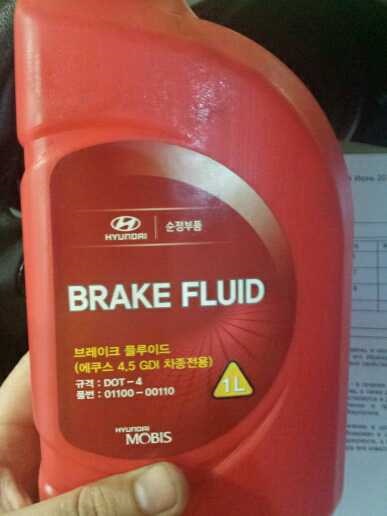
Note:
A sensor is installed to control the liquid level in the tank. When the level falls below the permissible level (mark MIN ) in the instrument cluster, the indicator for turning on the low level of liquid in the tank lights up. If there is no fluid leakage from the system, then its level in the reservoir decreases, mainly as a result of wear, linings, brake pads of the wheels. Even if there is a sensor, we recommend that you visually check the level of the working fluid in the tank before leaving, since during operation a malfunction may occur, both of the sensor itself and the signaling device in the instrument cluster or their electrical circuits.
When changing the brake fluid in the system, remember or write down the brand of fluid that will be filled so that you use the same brand of fluid when topping up.
The reservoir is installed on the main brake cylinder on the left side of the engine compartment near the front panel. On vehicles with a manual transmission (manual transmission), the reservoir simultaneously serves as a supply reservoir for the master cylinder of the clutch release drive.
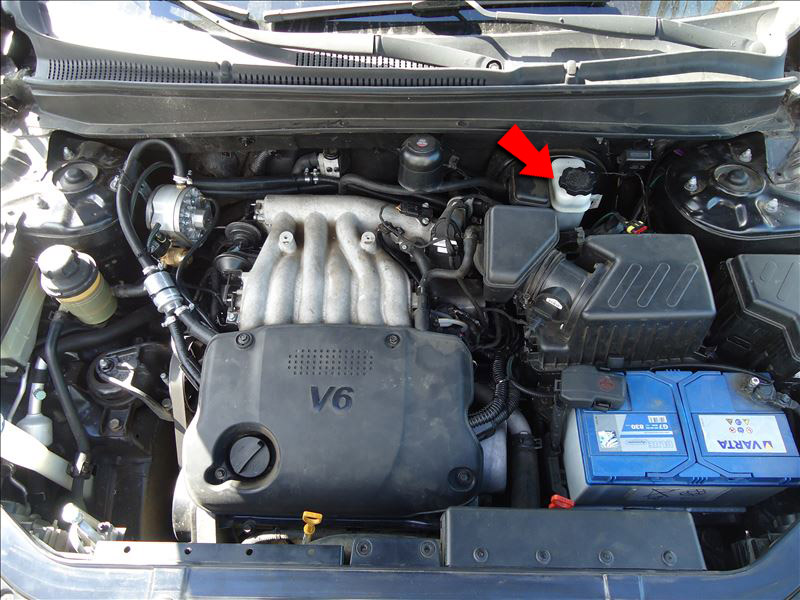
Location of the brake fluid reservoir.
Warning:
Contact with brake fluid on wires, plastic or painted body parts can cause damage. If liquid comes into contact with these parts, wipe them off immediately with a clean cloth.
1. Install the car on a flat horizontal surface, and open the hood of the Hyundai Santa Fe.
2. Check the brake fluid level in the reservoir. Santa Fe brake fluid should be between the " MIN " and " MAX " marks on the reservoir body.

3. If the brake fluid is at or below the " MIN " mark, turn the plug counterclockwise 90° and remove the plug.
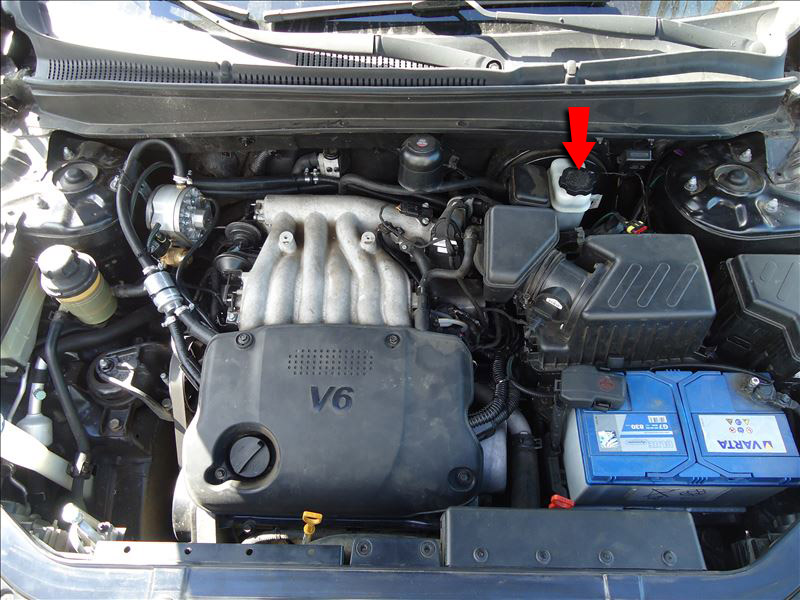
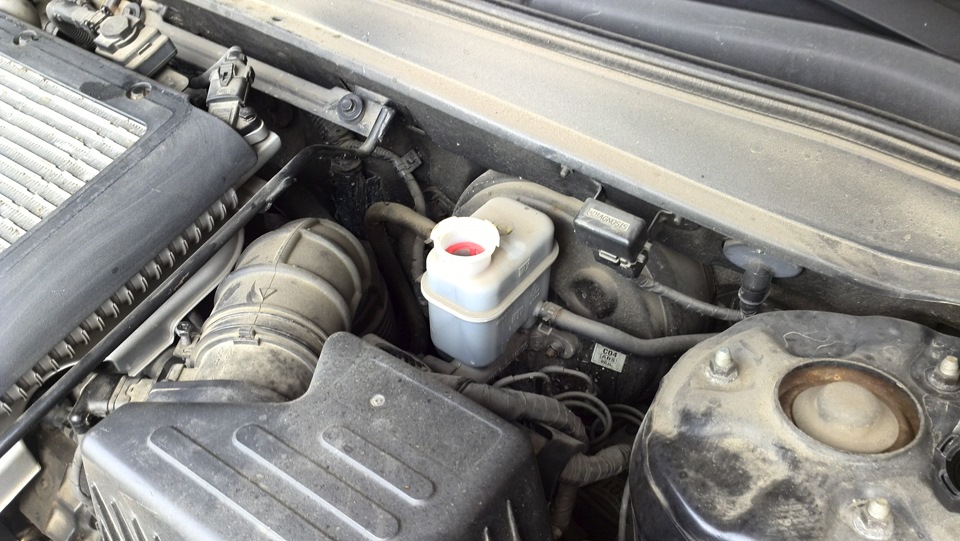
4. Add brake fluid up to the "MAX" mark and screw the reservoir cap on tightly.

Note:
Use only brake fluid that meets DOT 3 or DOT 4 specifications in your vehicle's brake system.
Useful advice:
If the level of the working fluid in the tank is constantly decreasing, then there is most likely a leak in the system. In this case, it is necessary to check the tightness of the brake system hydraulic actuators and fix the problem. If there are no leaks, it most likely indicates that the Santa Fe brake pads need to be replaced (replacing the front pads is described in this article ). Untimely replacement of pads leads to costly repairs (replacement of brake discs, drums, calipers).
The article is missing:
- Photo of parts and consumables
- High-quality repair photos
Source: http://carpedia.club



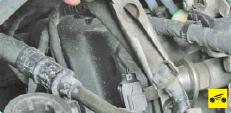
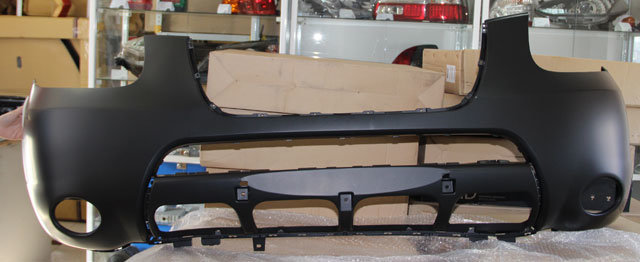
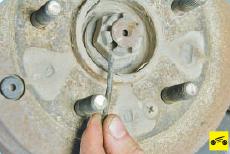

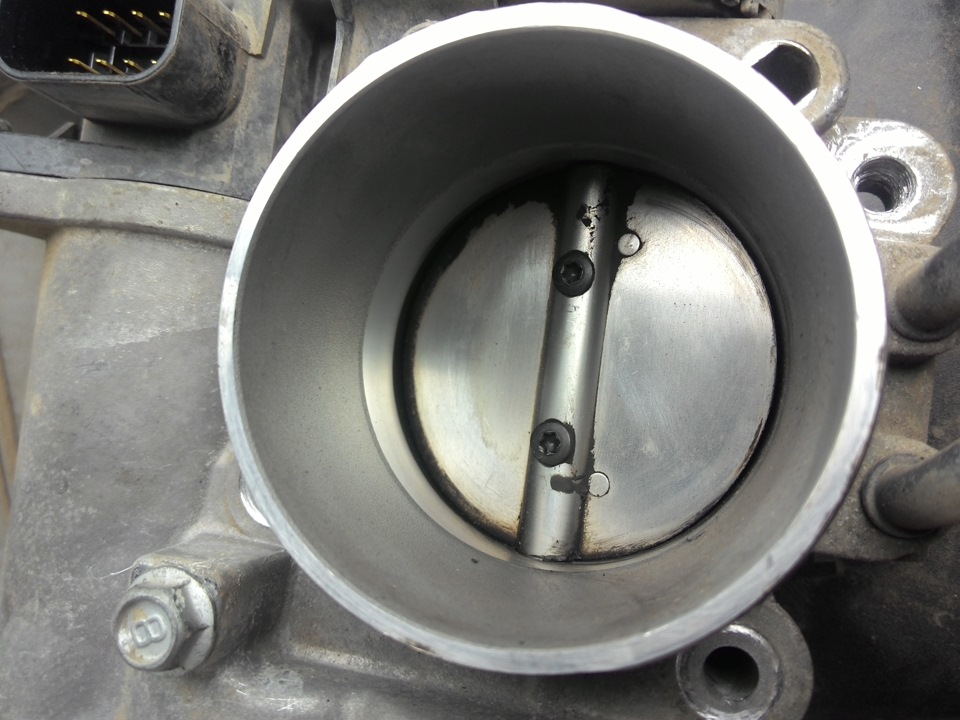

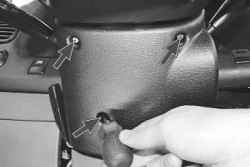
![CM [2006 - 2010]](/uploads/Hyundai_Santa_Fe_2006-2010_.jpg)
![DM [2012 - 2016]](/uploads/Hyundai_Santa_Fe_2012_-_3.jpg)
